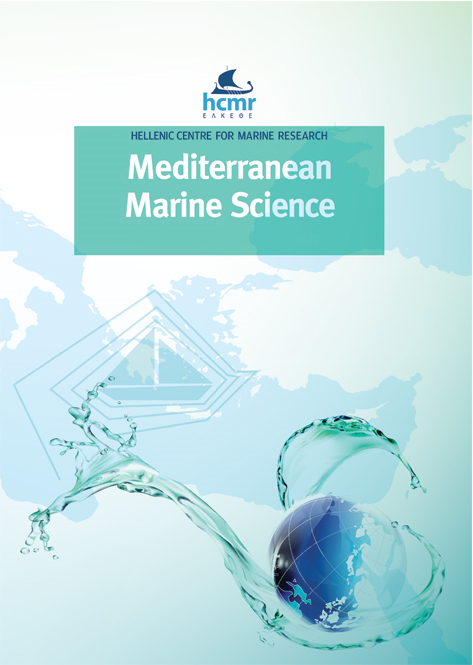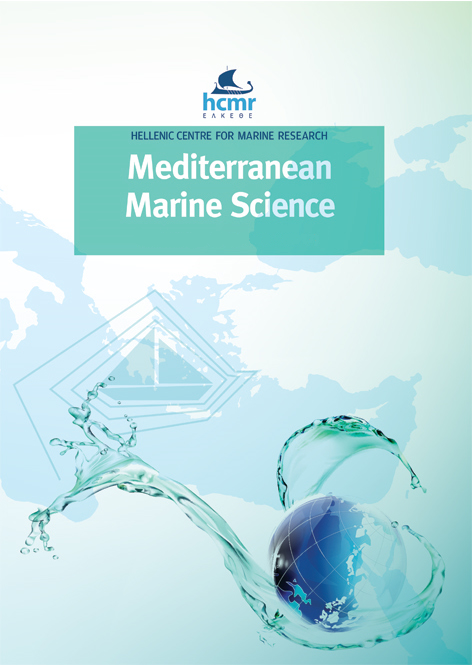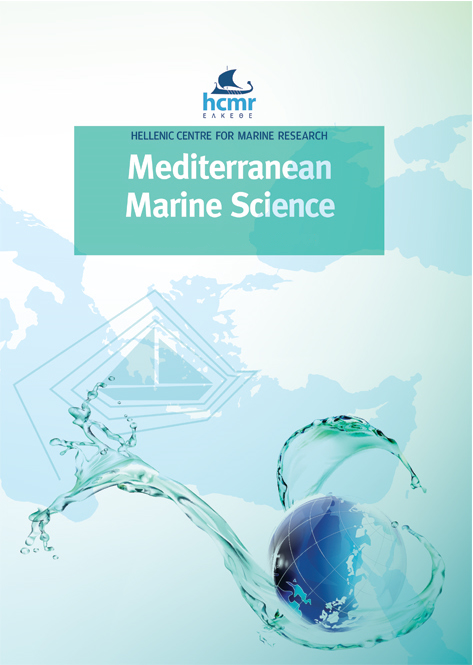A Preliminary inventory of alien and cryptogenic species in Monastir Bay, Tunisia: spatial distribution, introduction trends and pathways

Abstract
The Mediterranean Sea is a marine biodiversity hotspot under threat. One of the major impacts on its biological resources and services comes from the invasiveness of non-indigenous species (NIS). Nevertheless, NIS monitoring programs in the south basin of the Mediterranean Sea are in an early implementation stage. This study aims to describe NIS and cryptogenic species distribution in Monastir Bay (Tunisia) and to identify risk areas for the introduction and spread of invasive species, providing a baseline for future monitoring programs. To this end, a series of Rapid Assessment Surveys were carried out to identify NIS and cryptogenic species in one marina, five fishing ports, two aquaculture farms and the Special Conservation Area of the Kuriat islands. 24 species were found, of which 11 constitute new records for Monastir Bay, which represent a 33.3% of the total NIS reported in this Bay. Assemblages differed between substrata types, being NIS more abundant in artificial than in natural substrata. Regarding locations, Cap Monastir Marina was the most invaded site, the most transited by vessels and the only one visited by international sailing. Hence, this marina constitutes the main risk area to be monitored, although the fishing ports and fishing farms in the semi-enclosed coastal lagoon of Monastir Bay can also be considered as risk areas. Nevertheless, more research effort is needed in Monastir Bay in order to update the records of NIS and cryptogenic species and increase insight on the ecological evolution of these species and their related impacts on natural communities and marine resources.
Article Details
- How to Cite
-
CHEBAANE, S., SEMPERE-VALVERDE, J., DORAI, S., KACEM, A., & SGHAIER, Y. R. (2019). A Preliminary inventory of alien and cryptogenic species in Monastir Bay, Tunisia: spatial distribution, introduction trends and pathways. Mediterranean Marine Science, 20(3), 616–626. https://doi.org/10.12681/mms.20229
- Issue
- Vol. 20 No. 3 (2019)
- Section
- Research Article
Authors who publish with this journal agree to the following terms:
- Authors retain copyright and grant the journal right of first publication with the work simultaneously licensed under a Creative Commons Attribution Non-Commercial License that allows others to share the work with an acknowledgement of the work's authorship and initial publication in this journal.
- Authors are able to enter into separate, additional contractual arrangements for the non-exclusive distribution of the journal's published version of the work (e.g. post it to an institutional repository or publish it in a book), with an acknowledgement of its initial publication in this journal.
- Authors are permitted and encouraged to post their work online (preferably in institutional repositories or on their website) prior to and during the submission process, as it can lead to productive exchanges, as well as earlier and greater citation of published work (See The Effect of Open Access).








